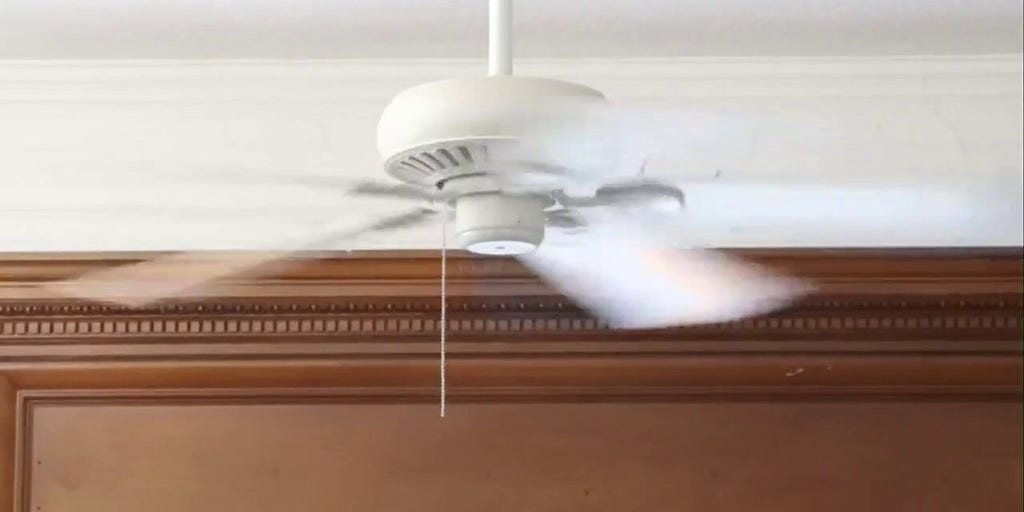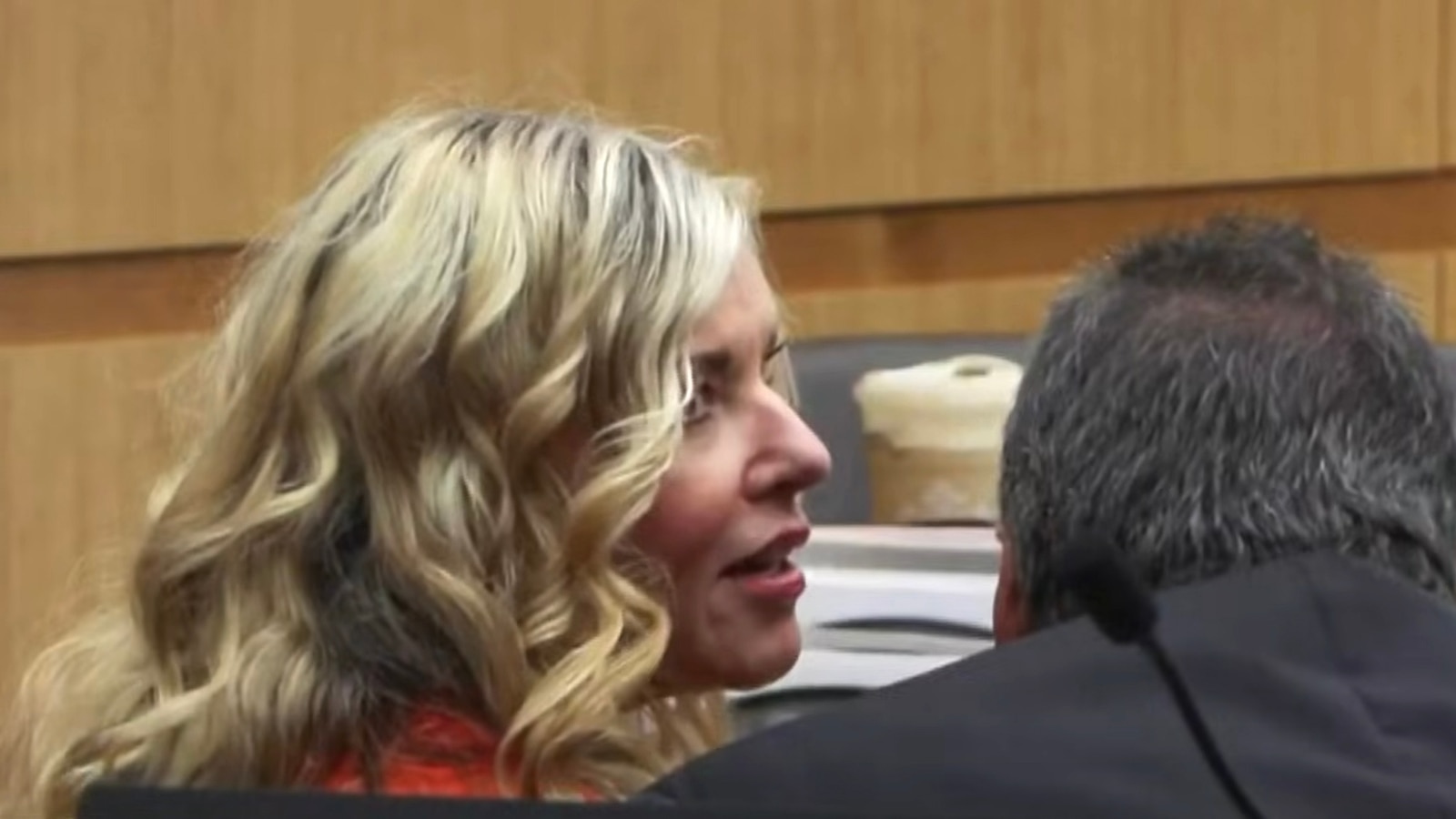What Happened
The jury in the retrial of Karen Read, a 45-year-old former adjunct professor, has begun deliberations in a high-profile murder case concerning the death of her boyfriend, John O’Keefe, a Boston police officer. Read has pleaded not guilty to charges of second-degree murder and other offenses related to O’Keefe’s death, which occurred on January 29, 2022, during a snowstorm. The prosecution alleges that Read struck O’Keefe with her SUV after a night of drinking, while the defense contends that he was the victim of a cover-up involving law enforcement officials.
During the jury’s deliberations, they submitted three questions to Judge Beverly Cannone, seeking clarification on specific aspects of the case. The questions pertained to the timeframe of the operating under the influence (OUI) charge, the status of video evidence from Read’s interviews, and the implications of convicting on lesser charges in relation to the overall charge. These inquiries indicate the jury’s engagement with the evidence presented during the trial and their desire for clarity on legal definitions and procedures.
Key Details
-
Charges and Allegations: Karen Read faces charges of second-degree murder, vehicular manslaughter while under the influence of alcohol, and leaving the scene of an accident. The prosecution claims she hit O’Keefe with her vehicle, resulting in his death from hypothermia and blunt-force trauma. The defense argues that O’Keefe was attacked inside a home and left outside to die.
-
Jury Questions: The jury’s questions included:
- The timeframe for the OUI charge: whether it pertains to 12:45 a.m. or 5 a.m.
- Whether video clips of Read’s interviews are considered evidence and how they should be evaluated.
- The relationship between a guilty verdict on a lesser charge and the overall charge.
-
Trial History: Read’s first trial ended in July 2024 with a hung jury after 26 hours of deliberation. The jurors indicated they were deadlocked on the vehicular manslaughter charge but did not elaborate on their reasoning. Following the mistrial, Read’s defense sought changes to the verdict slip format to avoid confusion, but this request was denied by the judge.
-
Public Interest: The case has garnered significant media attention and public interest, with supporters for both Read and O’Keefe demonstrating outside the courthouse. The narrative surrounding the case has attracted true-crime enthusiasts and has been characterized by allegations of police misconduct and a potential cover-up.
Multiple Perspectives
The prosecution’s case hinges on the assertion that Read was driving under the influence and that her actions directly led to O’Keefe’s death. They cite evidence such as vehicle data and witness testimonies, including claims that Read expressed guilt immediately after the incident.
Conversely, the defense maintains that O’Keefe’s injuries were inconsistent with being struck by Read’s vehicle and suggests that he was assaulted prior to being left outside. They argue that the investigation was flawed, particularly criticizing the lead investigator for alleged misconduct.
Supporters of Read argue that she is a victim of a biased legal system and a cover-up by law enforcement, while those advocating for O’Keefe’s family emphasize the need for justice for the deceased officer. This division reflects broader societal issues regarding trust in law enforcement and the legal system.
Context & Background
The case has unfolded against a backdrop of increasing scrutiny of police conduct and the integrity of investigations involving law enforcement personnel. The initial trial’s mistrial and the subsequent retrial highlight the complexities of legal proceedings in cases involving high-profile individuals and sensitive allegations.
Moreover, the case has been characterized by a significant public and media presence, with various factions rallying for their respective causes. This environment has contributed to the case’s notoriety and the intense scrutiny of the judicial process.
What We Don’t Know Yet
As the jury deliberates, several uncertainties remain. The outcome of the trial is still pending, and it is unclear how the jury’s questions will influence their final decision. Additionally, the implications of the defense’s arguments regarding a potential cover-up have not been fully explored in the courtroom, leaving open questions about the integrity of the investigation.
Furthermore, the impact of public opinion and media coverage on the jury’s perceptions and decisions is difficult to gauge. The case continues to evolve, and further developments may arise as the jury reaches a verdict or as additional legal proceedings unfold.


